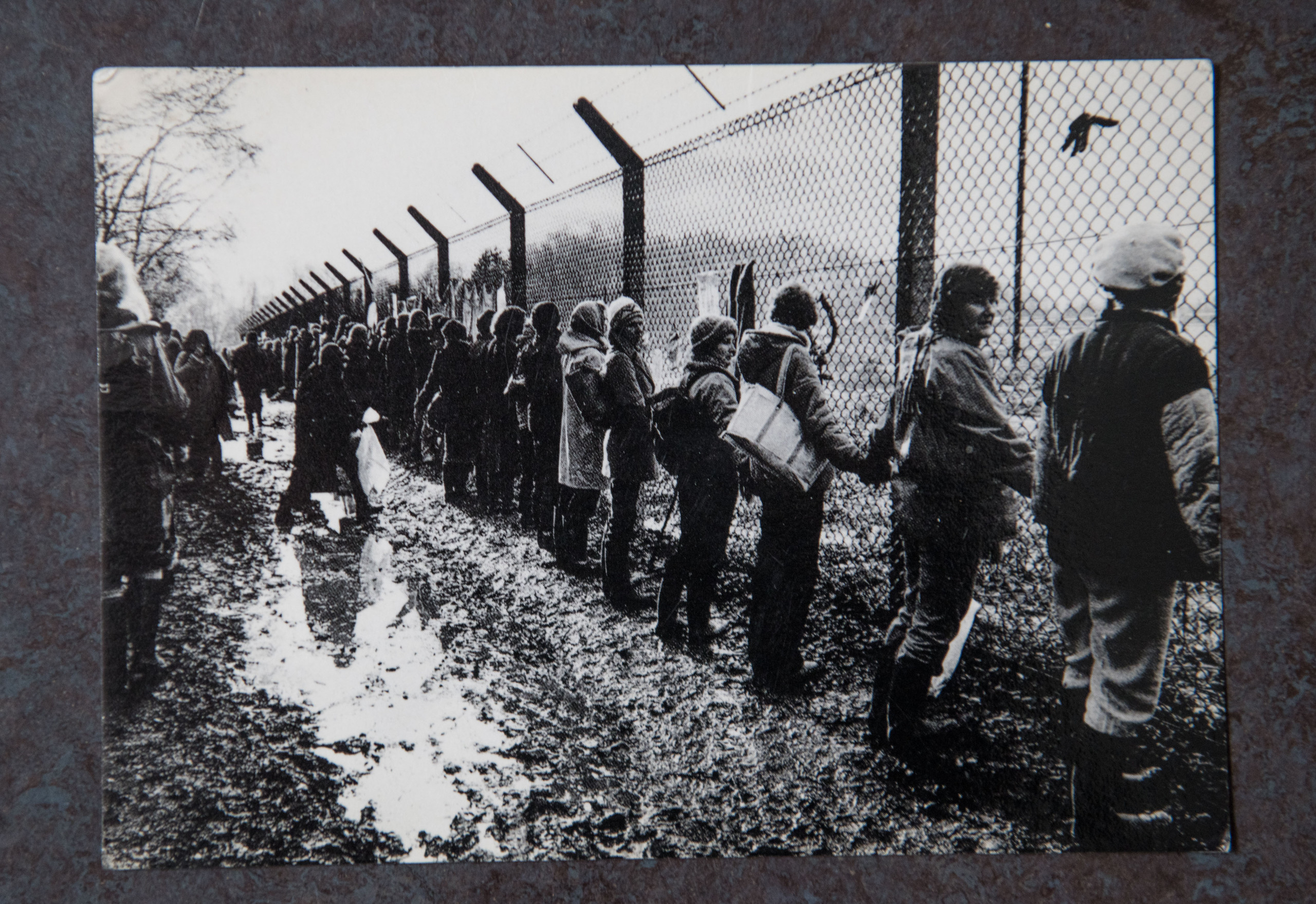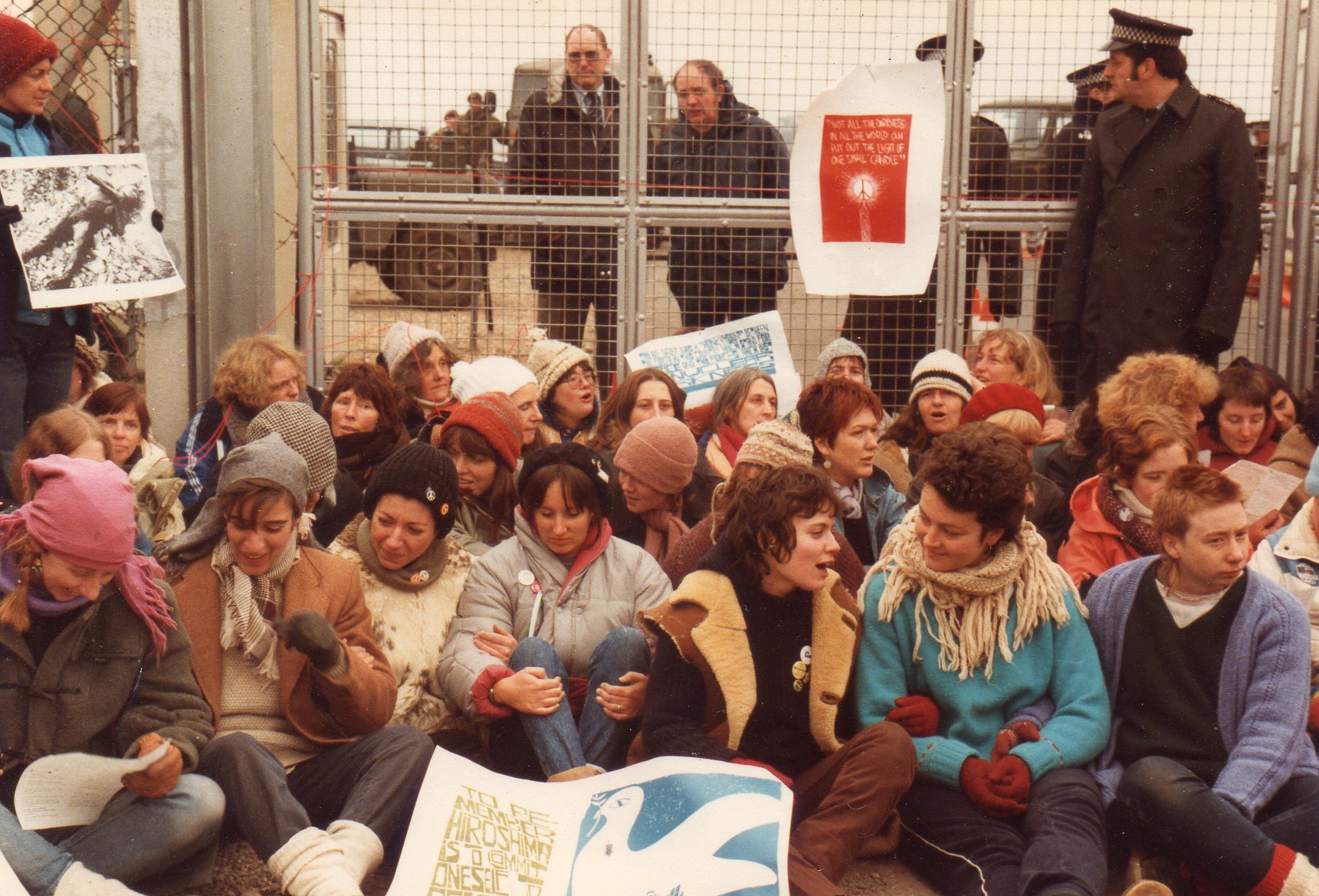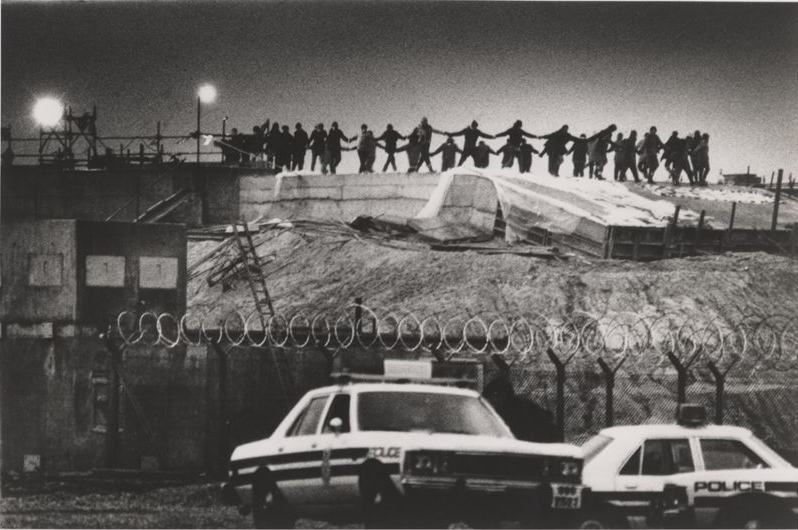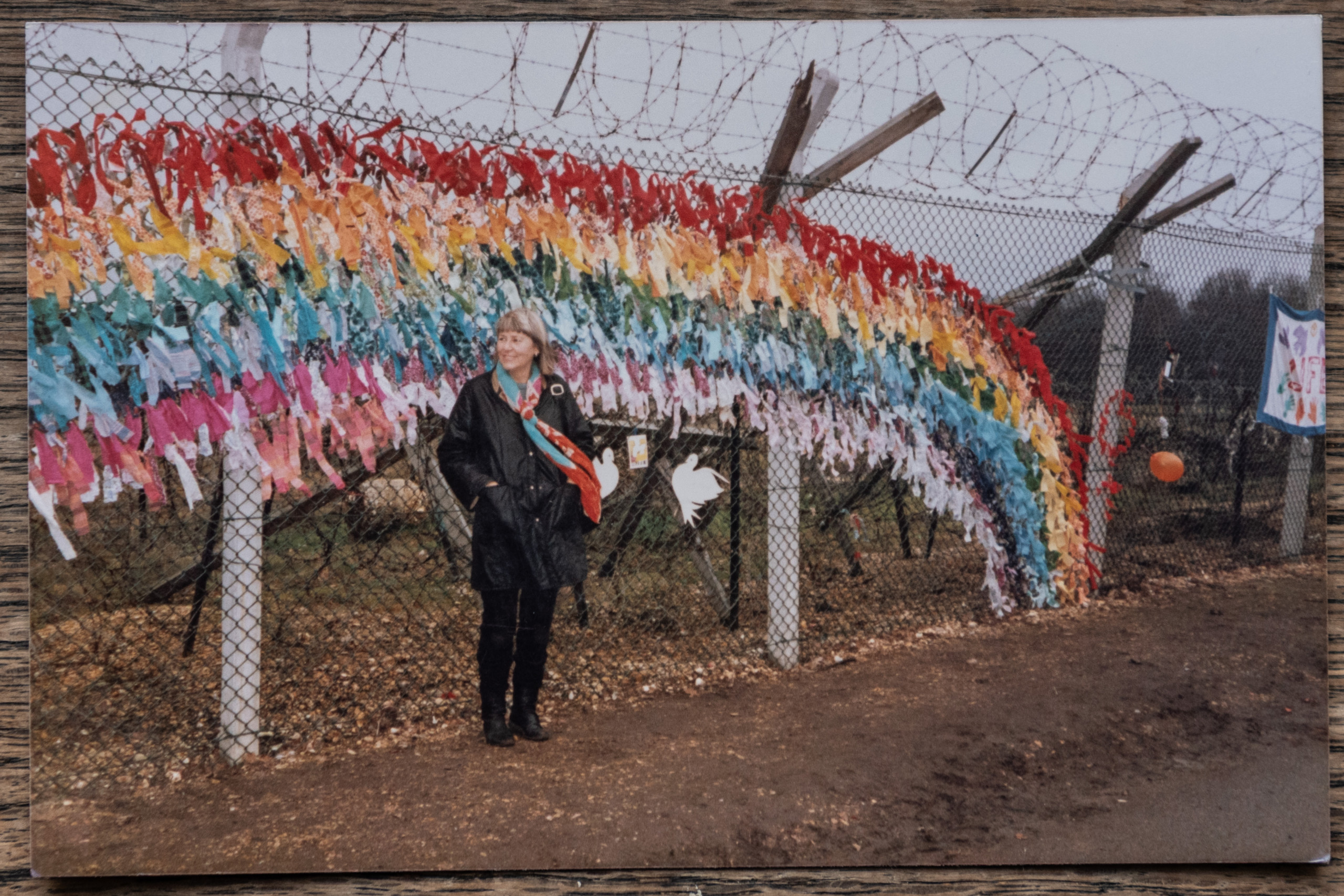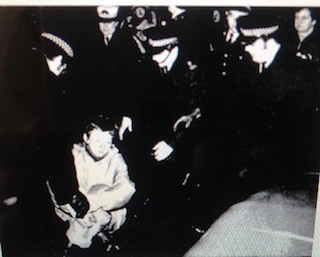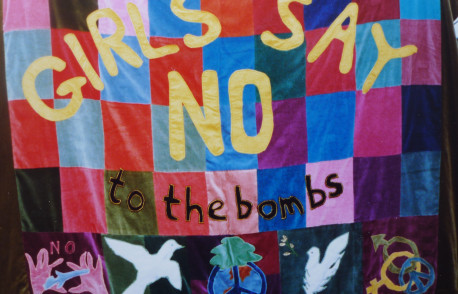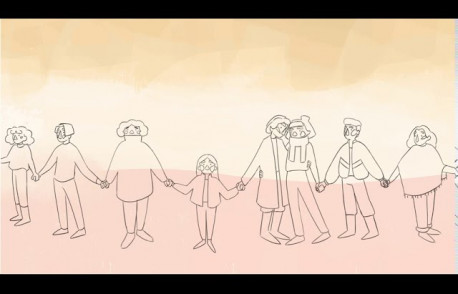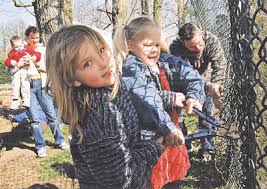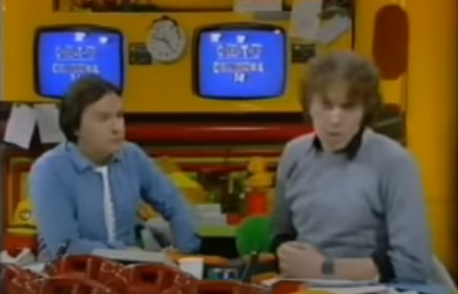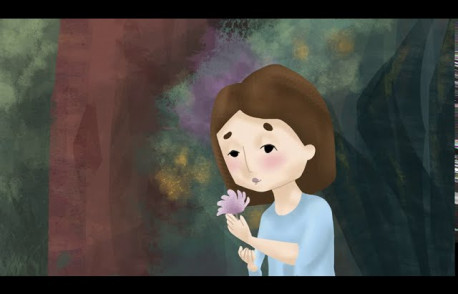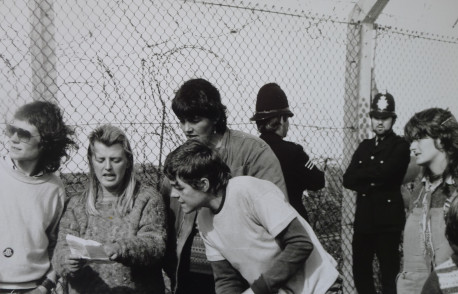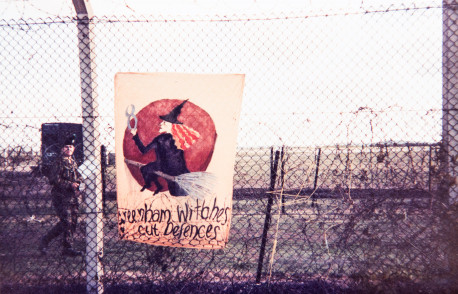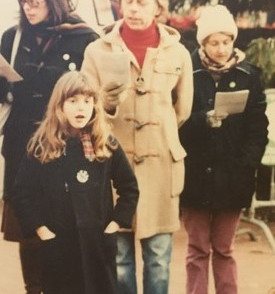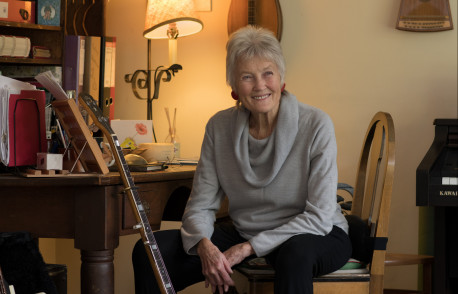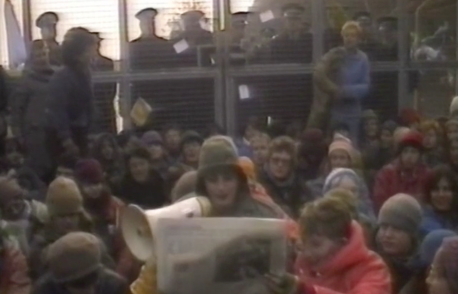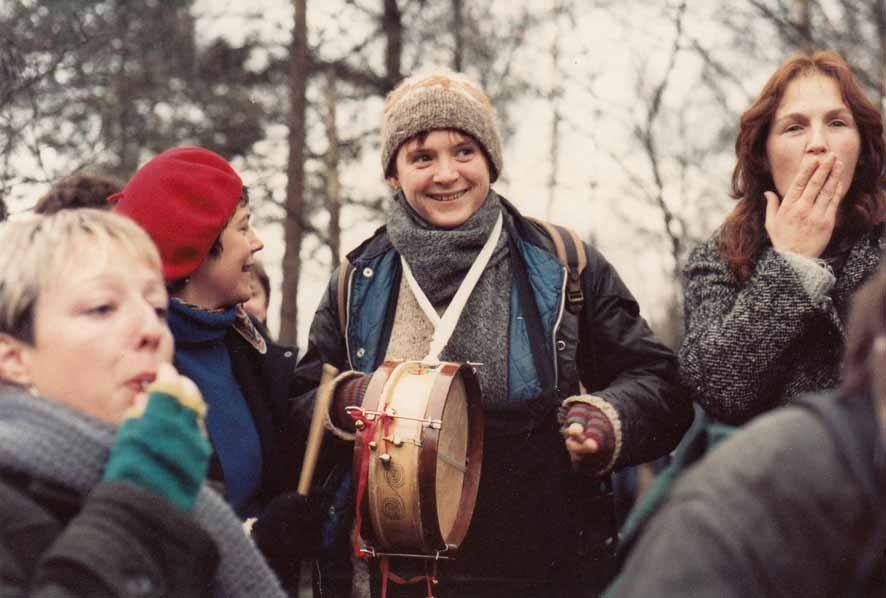Actions Large and Small
Over its 19 years, tens of thousands of women came to Greenham Common making it the largest women’s led movement since suffrage.
Some women stayed for a day or a weekend whilst others stayed for weeks or months and even years. All the women played an important role and the success of the Greenham Common Peace Camp rests in everyone giving what time they were able.
The Telephone Tree
In a time before the internet and mobile phones, Greenham women and their supporters organised numerous large scale demonstrations like “Embrace the Base” in 1982, where 30,000 women held hands around the nine mile perimeter fence making these protests the biggest women led actions since the women’s suffrage movement.
The telephone tree meant that each woman would phone ten other women who would then phone 10 more people ensuring the message spread far and wide quickly.
Non Violent Direct Action
Non Violent Direct Action or NVDA was at the heart of the Greenham Common protests which included an agreement that property but not people could be harmed. The protests were largely women only spaces and they used their position as mothers to empower them to take action for their children’s future.
The Greenham Women used NVDA to cause disruption to the base. They would sit on the ground and link arms in front of the lorrys bringing cruise missiles in and out of the base, they would sing songs, they would dress as teddy bears to make the police look silly when they tried to arrest them and they would frequently cut through the fence.
Non Violent means different things to different people – what does it mean to you?
